The US Coast Guard said debris recovered showed the Titan submersible suffered a "catastrophic explosion", killing five people on board.
At a press conference in Boston, Massachusetts on the afternoon of June 22 (early morning of June 23, Hanoi time), US Coast Guard Rear Admiral John Mauger said that an underwater vehicle deployed from a Canadian ship discovered debris from the Titan submersible about 488 meters from the bow of the Titanic, at a depth of 4,000 meters in the North Atlantic.
Five major pieces of the 6.7-meter-long submersible were found in the debris left behind after the ship broke apart, officials said. "The debris suggests a catastrophic explosion occurred in the pressure chamber," Mauger said.
Just before the Coast Guard press conference, OceanGate, the company that operates the Titan submersible, issued a statement saying that no one survived, including the company's founder and CEO, Stockton Rush. Rush was the operator of the vessel.
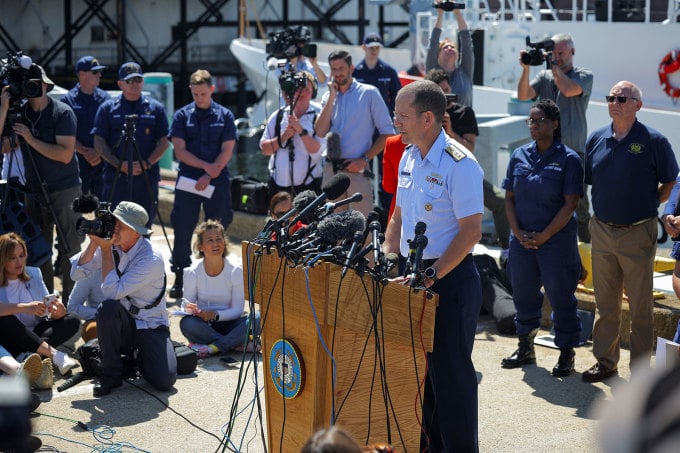
US Coast Guard Rear Admiral John Mauger at a press conference in Boston, Massachusetts on June 22. Photo: Reuters
The remaining passengers were British billionaire and explorer Hamish Harding, 58, Pakistani businessman Shahzada Dawood, 48, and his 19-year-old son, Suleman, all British citizens, and French oceanographer and renowned Titanic expert Paul-Henri Nargeolet, 77. Nargeolet has visited the wreck dozens of times.
"They were true explorers, sharing a spirit of adventure and a passion for exploring and protecting the world's oceans. Our hearts go out to them and their families during this tragic time," the company said.
Rear Admiral Mauger said it was too early to know exactly when the Titan went down. Searchers had placed sonobuoys in the area for more than three days without detecting any loud, violent noises that might have been caused by an explosion.
But the location of the debris relatively close to the Titanic's wreckage and the timing of the last communication with Titan appear to indicate the incident occurred as the ship prepared to land on the seabed on June 18.
The sonobuoys picked up some noises on June 20 and 21, raising hopes that the Titan was intact and that those on board were trying to communicate by banging on the hull. However, analysis suggests the sounds could have come from something else.
“There doesn’t appear to be any correlation between the noise and the location of the debris on the seabed,” Mr Mauger said.
He said the search team and the ship would soon leave the scene after a four-day multinational operation, but autonomous vehicles would continue to collect evidence from the seabed. It was unclear whether the bodies would be recovered, given the nature of the accident and the harsh conditions at that depth.
"On behalf of the US Coast Guard and the entire search command center, I extend my deepest condolences to the families," the US rear admiral added.

From left to right: Hamish Harding, Shahzada Dawood, Suleman Dawood, Paul-Henri Nargeolet and Stockton Rush, victims on the Titan submersible. Photo: CNN
The Wall Street Journal quoted an unnamed official as saying that a secret underwater acoustic monitoring device used by the US Navy to detect submarines recorded an explosion at the time the Titan disappeared in the Atlantic Ocean.
"The US Navy analyzed the audio data and detected anomalies consistent with an explosion in the vicinity of where the Titan submersible was operating when contact was lost," the official said.
The Titan submersible went missing on June 18 while carrying five people on a tour of the Titanic wreck at the bottom of the Atlantic Ocean, about 600 km off Newfoundland, Canada. According to the company's website, the underwater expedition to the Titanic wreck is being conducted by OceanGate from 2021, at a cost of $250,000 per person.
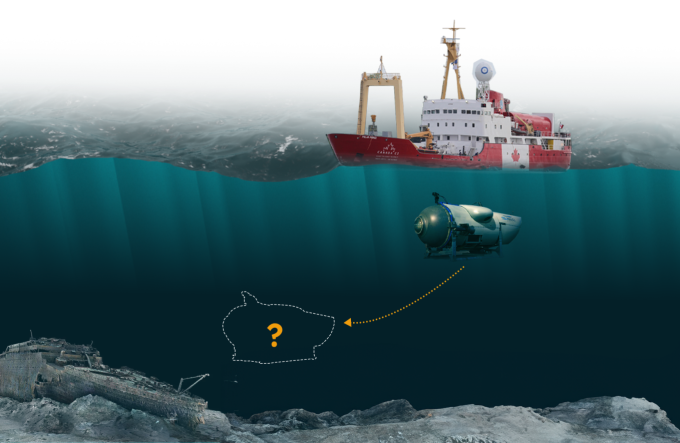
How the Titan submarine disappeared. Click on the image to see details
Huyen Le (According to AFP , Reuters )
Source link






![[Photo] Closing of the 11th Conference of the 13th Central Committee of the Communist Party of Vietnam](https://vstatic.vietnam.vn/vietnam/resource/IMAGE/2025/4/12/114b57fe6e9b4814a5ddfacf6dfe5b7f)
![[Photo] Overcoming all difficulties, speeding up construction progress of Hoa Binh Hydropower Plant Expansion Project](https://vstatic.vietnam.vn/vietnam/resource/IMAGE/2025/4/12/bff04b551e98484c84d74c8faa3526e0)
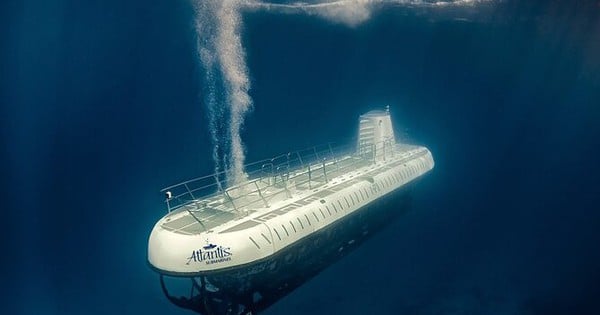



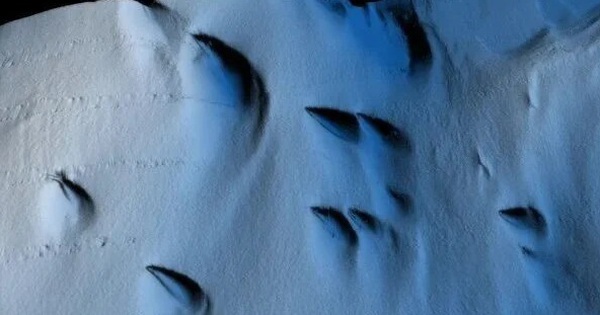

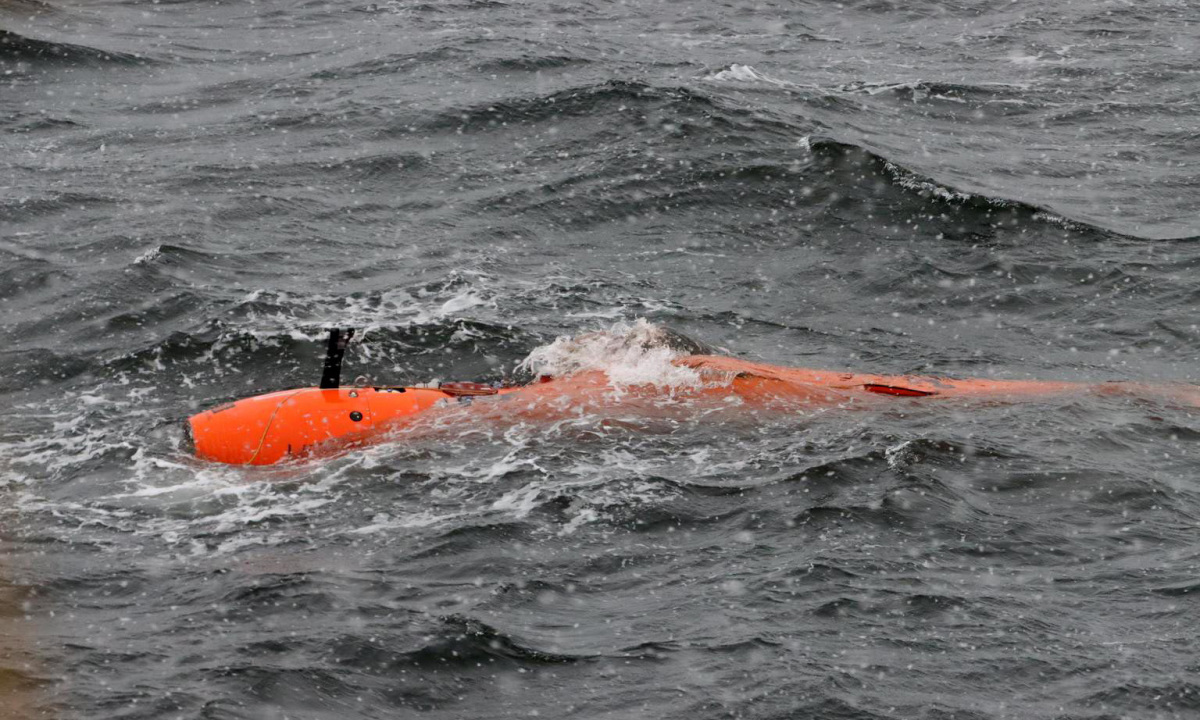

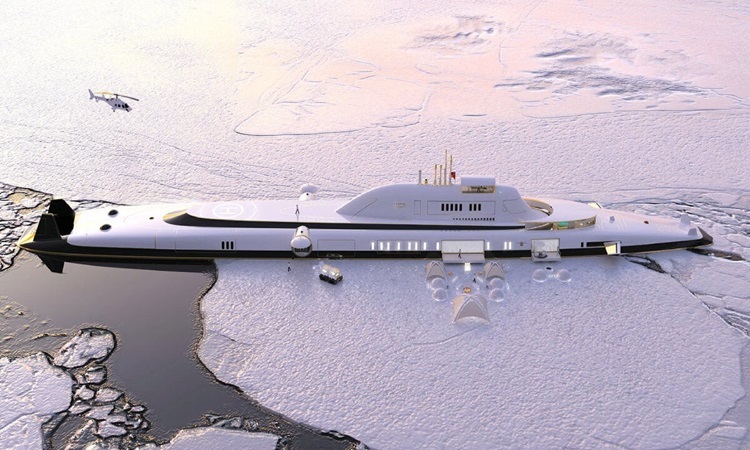













































































Comment (0)